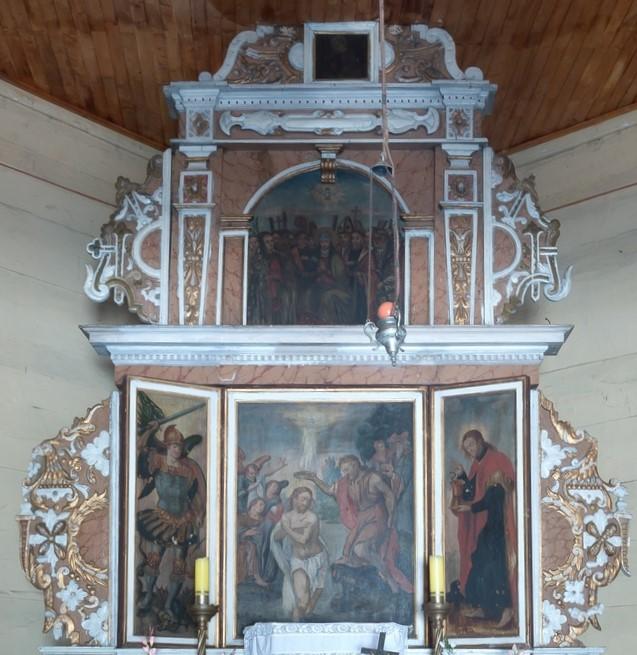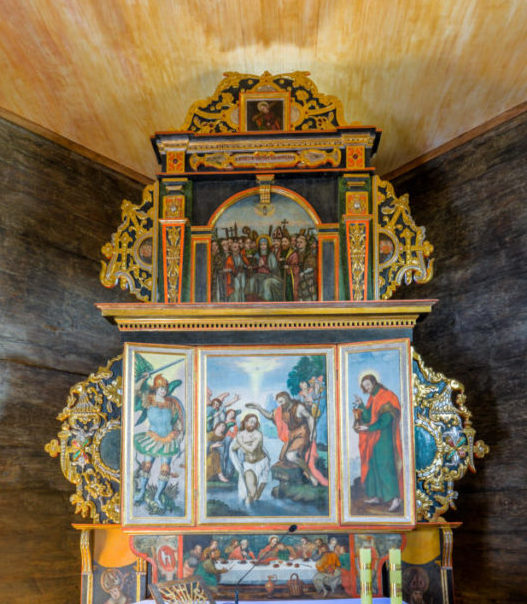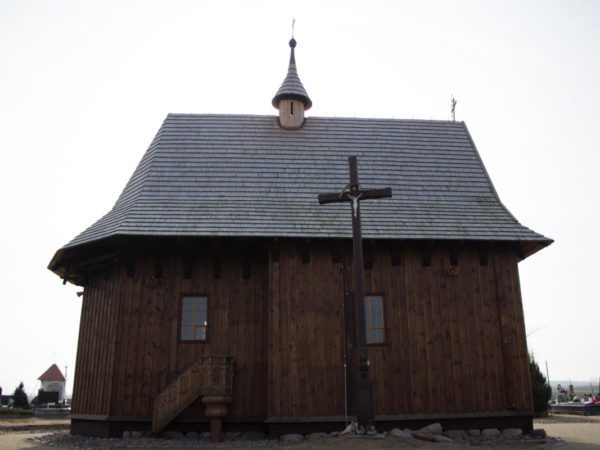
Church of St. John the Baptist in Ołobok
RENOVATION OF THE MAIN ALTAR FROM THE CHURCH OF ST. JOHN THE BAPTIST IN OŁOBOK
The time of construction of the winged-type main altar with two side wings should be connected with the inscription found in the painting which presents the baptism of Christ in the Jordan – AS 1600, by Adam Scholz.
Unstable humidity and temperature conditions fostered the development of insects which caused mechanical weakening of wood and disturbed the structural continuity mainly in the soft wood of woodcarved figural and ornamental elements. At the back one could notice xylophages’ outlet openings. Disintegrated wood lost its mechanical toughness and cracked next to fixings. Other damages attest to a bad condition of wood due to previous renovation attempts.
Due to the degree of contamination, wood required structural reinforcement, sterilization and disinfection. The aim of renovation was to restore the best possible condition to the historical elements of the church’s furnishings by preventing the processes of destruction and eradicating their effects as well as restoring their display (aesthetic) values, while taking into account artistic and historical values of elements of the interior. In the process of integrated actions the structure reinforcement was planned, as well as restoration of the original appearance to the objects and unity of form by the utmost preservation and exhibition of the original or the oldest colour palette, exposure of sophisticated reliefs and restoration of blurred elements of composition.
Initial study into the history of the object’s history, primary photographic documentation and collection of samples for microchemical tests were done before the proper works. The all elements were disassembled to be transported to the workshop.



First, the front and back were cleaned from surface contamination. Then air bubbles, scales and loosening were adhered and ironed, after the surface was moistened with ethanol with water. Next, all wooden elements were sterilized, disinfected and impregnated. The procedure involved soaking the object in bath with impregnate (smaller elements), in other cases brushing method and application of compresses were used. In places where the impregnate accumulated excessively, it was removed, and then the layers of overpaint from the area of colour and gilded polychromy which were planned to be removed, were ablated with the use of mechanical and chemical methods. As a result, colourful decoration of the architectural elements was uncovered. Consolidation of the layers which were glued earlier was made of a mixture of wax and dammar resin.
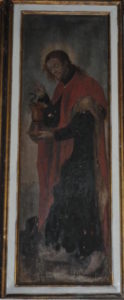
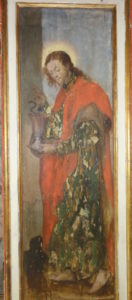
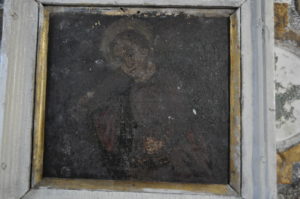


Gilded surfaces were cleaned from unoriginal coatings. The the necessary repairs of the construction were done. The wood losses were filled: deep cracks and slits with plugs, smaller with epoxy paste. Missing elements of woodcarved decoration and ornaments were reconstructed.
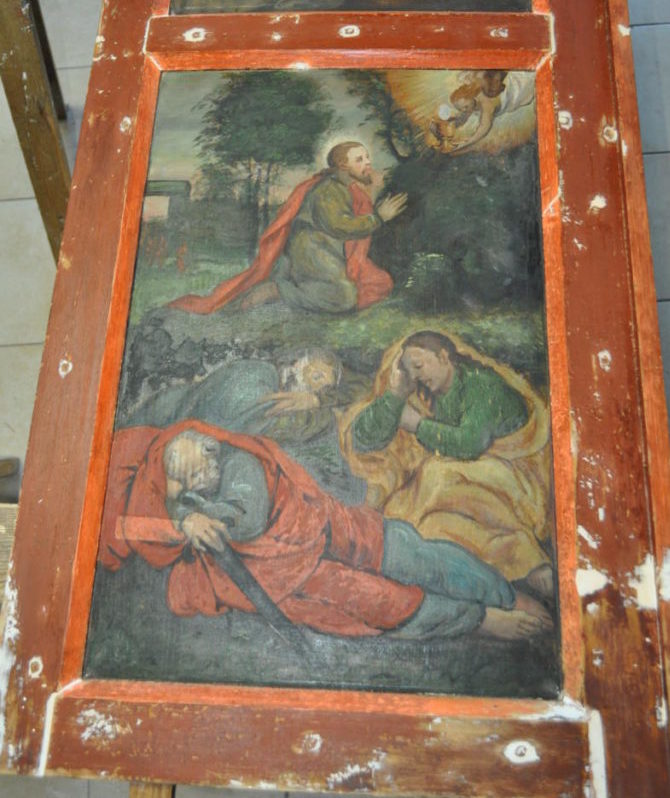
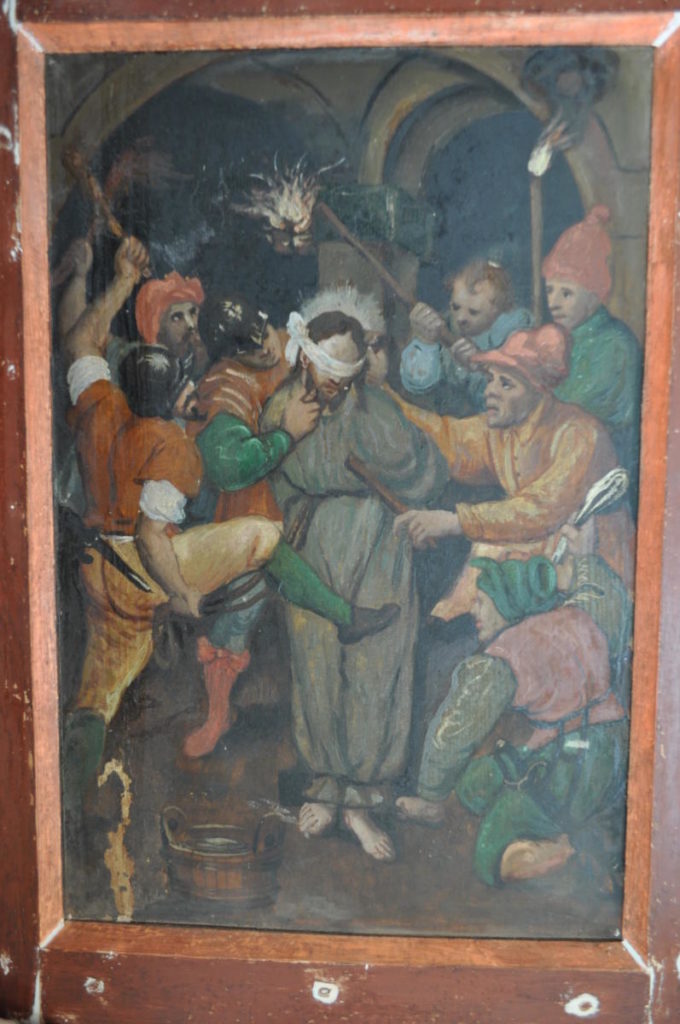
In the following stage, primers were applied on the reconstructed elements and losses of gilding were filled, and the losses in the colour polychromy were amended with acrylic putty.
The fillings of preserved and the reconstruction of missing gilding were made with gold and silver leaf and powder in accordance with the original technique with division into matt and gloss finish. The glaze on silvered elements was recreated and supplemented. Losses in the parts which were in better condition were filled with gold powder.

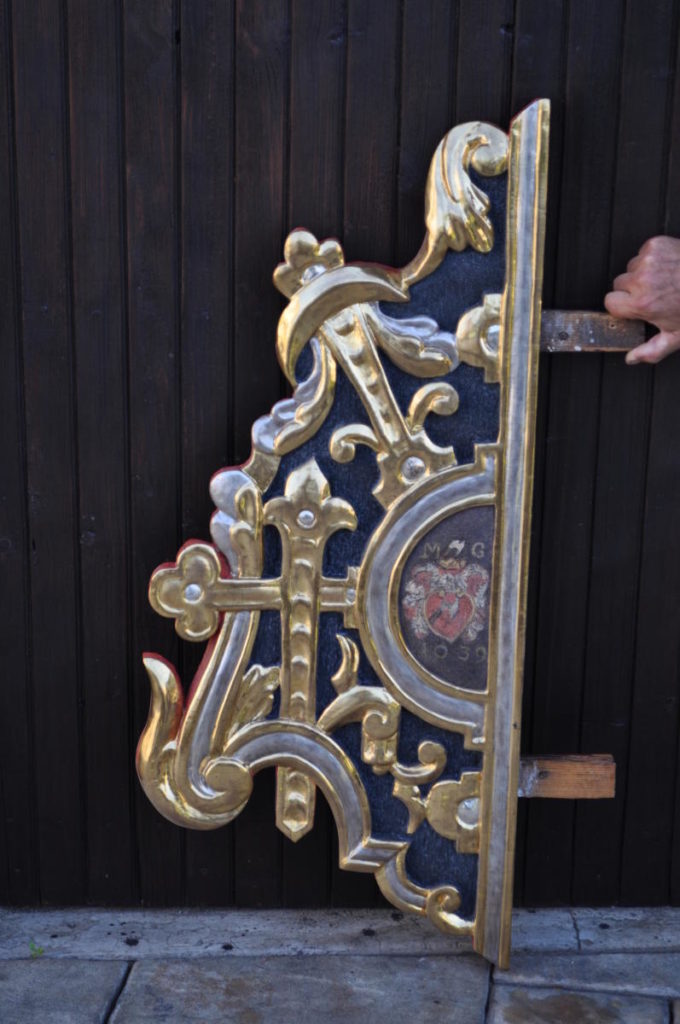
Colour polychromy on the altar’s structure was protected with varnish and amended by painting and stippling with acrylic paints. It was varnished with a varnish with addition of microcrystalline wax.
In the final stage, the altar was reassembled in the church and the photographic and descriptive documentation were made.
